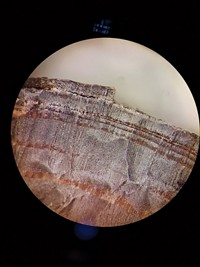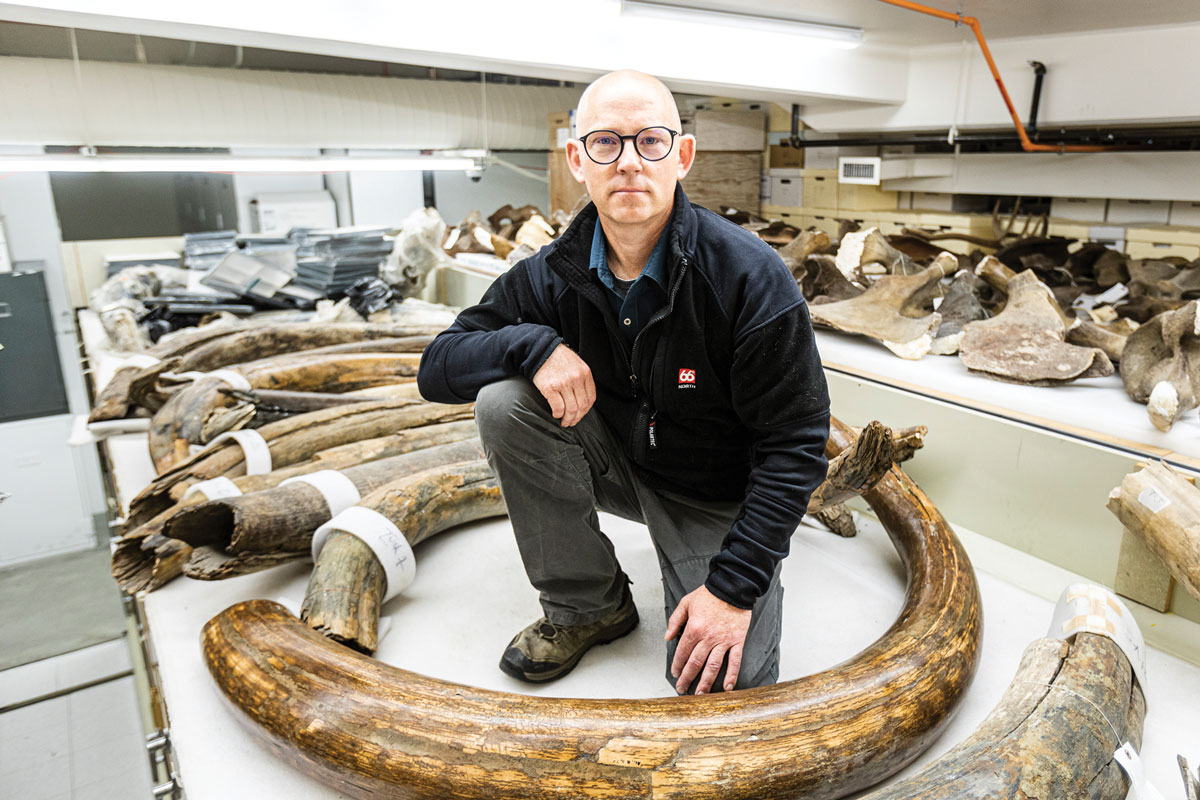Advertisement
Grab your lab coat. Let's get started
Welcome!
Welcome!
Create an account below to get 6 C&EN articles per month, receive newsletters and more - all free.
It seems this is your first time logging in online. Please enter the following information to continue.
As an ACS member you automatically get access to this site. All we need is few more details to create your reading experience.
Not you? Sign in with a different account.
Not you? Sign in with a different account.
ERROR 1
ERROR 1
ERROR 2
ERROR 2
ERROR 2
ERROR 2
ERROR 2
Password and Confirm password must match.
If you have an ACS member number, please enter it here so we can link this account to your membership. (optional)
ERROR 2
ACS values your privacy. By submitting your information, you are gaining access to C&EN and subscribing to our weekly newsletter. We use the information you provide to make your reading experience better, and we will never sell your data to third party members.
Art & Artifacts
Isotopic analysis reveals sophisticated farming in ancient cities
A population-dense society in Neolithic times raised cows to produce fertilizer for intensive pea cultivation.
by Alla Katsnelson, special to C&EN
December 20, 2023

Some of the world’s earliest cities were built about 7,000 years ago by Trypillia societies in what today we call Ukraine and Moldova. Archaeologists have long wondered how these densely settled communities that were eventually home to more than 15,000 were able to feed their inhabitants with the primitive farming technology available in Neolithic times. A new stable isotope analysis now suggests that these societies’ farming practices were much more sophisticated than previously believed (Proc. Natl. Acad. Sci. U.S.A. 2023, DOI: 10.1073/pnas.2312962120).
Archaeologists studying Trypillia had found many animal bones, some cereal grains, and a small quantity of pea seeds, suggesting a diet consisting of lots of meat. But an analysis of the levels of carbon and nitrogen isotopes in animal bones, human bones, and charred grains and peas recovered in different Trypillian settlements pointed to a different diet.
The researchers determined that the communities intensively farmed peas and other pulses, which are high in protein and essential amino acids, as well as grains. They also raised cattle in fenced pastures, along with sheep and goats. Only a small portion of their diet consisted of meat, but the cattle produced something more important—manure that became fertilizer for pea production.
“It’s this perfect farming system, and it’s very sustainable,” says Alicia Ventresca-Miller, an archaeologist at the University of Michigan who was not involved in the research.
“It was astonishing that they manured the peas, but they did it obviously to increase the yield,” says Frank Schlütz, an archaeologist at the Kiel University who co-authored the study. Schlütz notes that this is the first known case in which peas were used to fulfill a society’s protein needs. It is also the earliest known intensive use of fertilizer, he says, and it enabled the community to grow their high-protein crop in relatively small plots.
To investigate Trypillia farming practices, the researchers analyzed a large body of stable isotope data that had been assembled over a decade. The collection consisted of measurements of nitrogen and carbon isotopes in hundreds of samples of charred cereal and pulse crops, animal bones, and human bones. The samples came from three different Trypillia “mega-sites,” the largest being in the eastern region, south of where Kyiv is today. The researchers’ data also came from different time periods: the early phase, from 4800 to about 4150 BCE, when settlements were still quite small; the agglomeration phase, from about 4150–3650 BCE, when the population was at its highest; and the dispersal phase, in 3650–3000 BCE, when the communities were beginning to splinter.
The researchers found that nitrogen levels shot up during the agglomeration phase, suggesting a spike in the intensity of farming and fertilizer use. They also input the isotope data into a computer program that calculated the food webs of these societies. These models suggested that approximately 10% of the Trypillian diet consisted of meat and that the rest was split about 50-50 between peas and grain.
“This is a really thoughtful use of all these different datasets in a way to come up with a new picture of the past,” Ventresca-Miller says.
In the next phase of the project, the researchers aim to conduct similar analyses in other archeological sites across Europe to better understand the interplay between ancient societies and the environment and climate in which they existed, says Schlütz.





Join the conversation
Contact the reporter
Submit a Letter to the Editor for publication
Engage with us on Twitter